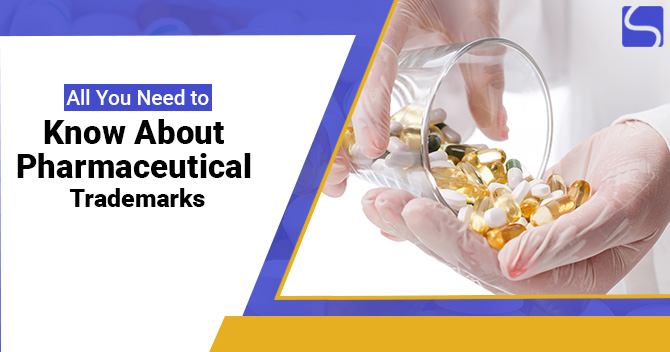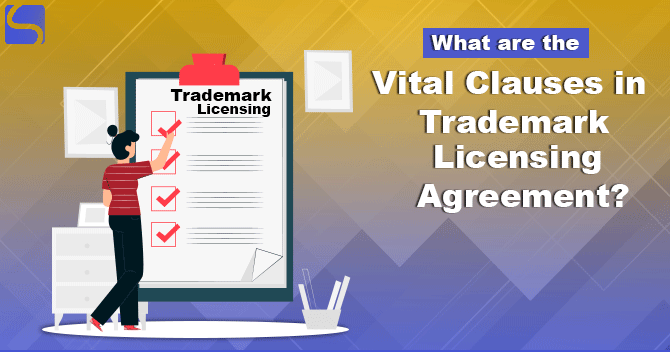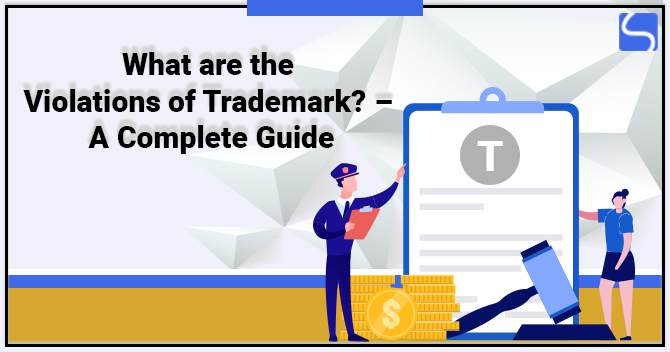All You Need to Know About Pharmaceutical Trademarks

Karan Singh | Updated: Oct 21, 2021 | Category: Trademark
Trademarks play an essential role in the pharmaceutical industry owing to their impact on the health & safety of a patient by avoiding names related prescription errors and as a marketing instrument for companies. Any edge for error or mistake in the nomenclature of a drug, like identical sounding or looking names or any similarity in trade dress, packaging, etc., can sway the purchasing decision of a patient, whereas the purchase of a wrong drug may prove to be critical. Hence, courts are strict in this and apply extra care while adjudicating matters relating to the pharmaceutical industry, keeping public welfare and health the highest priority. Scroll down to check more information regarding Pharmaceutical Trademarks.
Table of Contents
What are Pharmaceutical Trademarks?
Pharmaceutical Trademarks are like regular Trademarks, but they are mostly registered for trustworthy pharmaceutical goods & services. Particularly, a pharmaceutical Trademark name may be based on the specific nature of the name concerning ingredients, chemicals, etc., which may be altered from time to time. For example, if the drug for the Liver is LIV, then with the rise in dosage, the new drug for the same manufacturer will be named “LIV 1”.
What are the Benefits of Pharmaceutical Trademarks?
Following are some essential benefits of Pharmaceutical Trademarks:
- Allowing Manufacturers to Observe their Drugs: The usage of Trademarks will enable manufacturers to observe the safety of their existing drugs. Reports of side effects that only state the common name of a drug wouldn’t help manufacturers in assessing whether their drugs were involved. In fact, it would lead to costly investigations that could be avoided if the manufactures engaged was differentiable through Pharmaceutical Trademarks.
- Supporting Health Experts to Reduce Medication Errors: The selection process of Trademark is aimed to ensure that the mark is novel and unique. Many nurses, physicians, and other practitioners find it complex to remember or spell common names owing to the similarity of different generic names for pharmaceutical drugs in the same category. By using unique Trademarks for every pharmaceutical drug, healthcare practitioners make sure that the correct medication is being directed to the patient.
- Allowing Customers to Pick Suitable Medications: Customers are generally reluctant to alter their preferred branded drug, especially to a general version. For some customers, the reason can be the peace of mind that comes with the administration of the recognisable branded drug, while for others, it can be the adverse effects regarding different inactive ingredients in the new drug. Moreover, with the beginning of Direct to Customer promotion in many nations, customers can learn the availability of unique treatments for their medical conditions quickly.
Regulatory Consent for Pharmaceutical Trademarks & Significance of International Trademark Searches
To sell or purchase pharmaceutical products in the market, consent from the health authority or regulatory and the valid Trademark Registry is compulsory. This means that pharmaceutical companies need to pick robust Trademarks available in each nation where the product will be launched. As an outcome, an international knockout Trademark Search should be executed before the Pharmaceutical Trademark Registration to confirm that their desired Trademark is distinct and that their branding does not have a negative suggestion in any nation.
Moreover, a Trademark Search is also needed to prevent the infringement of a drug manufacturing formula as every drug needs broad research & possesses a unique manufacturing formula. The following factors aid in picking robust pharmaceutical Trademarks:
- Pharmaceutical Trademarks should follow the US FDA Rules (United States Food & Drug Administration);
- Pharmaceutical Trademarks should be on the regulation of standard Trademark;
- Pharmaceutical Trademarks should be registered with the USPTO (United States Patent & Trademark Office)[1].
Classification of a Pharmaceutical Product
All pharmaceutical products have many names, such as a generic name or non-proprietary names, a chemical or scientific name, and a brand name that is generally known & used by the generic public. According to the WHO on International Non-proprietary Names (INN), each INN is a distinct name that is internationally identified and is public property, and Trademarks cannot be obtained from International Non-proprietary Namesand must not include their generic stems. To agree on this, Section 13 of the Indian Trademarks Act, 1999 mandates that words that are generally used for single chemical compound/element/INNs are not eligible for Trademark Registration. However, common names/brand names can register as a Trademark, and a severe approach needs to be adapted to protect the same to prevent any likelihood of confusion or deception.
Pharmaceutical entities continually derive brand names for their products from the main ingredient or the principal component, the ailment/disease the medicine seeks to cure.
Non-Conventional Protection of Pharmaceutical Products
Pharmaceutical companies also depend on non-conventional Trademark protection for their products besides the product’s name itself. The renowned in this case is the protection of Nexium, the heartburn medicine. The unique colour of the medicine has been registered and has also prevented other manufacturers from launching purple coloured medicines for heartburns in the USA. However, in another case, the Court has held that the uniqueness of medicine is owing to the name & not owing to the shape or colour since customers purchase on the basis of recommendation of doctors or on prescription & on the basis of the name and not shape or colour.
Conclusion
After discussing Pharmaceutical Trademarks, it is clear that Trademarks are valuable for the pharmaceutical domain; a thorough search should be performed before registering it to avoid Trademark Infringement. Whether you are conducting the search in the USPTO Trademark database, WIPO Trademark Database, EPO Trademark Database or allowing for a custom search.
Read our article:How to Apply for Trademark Registration in USA?














